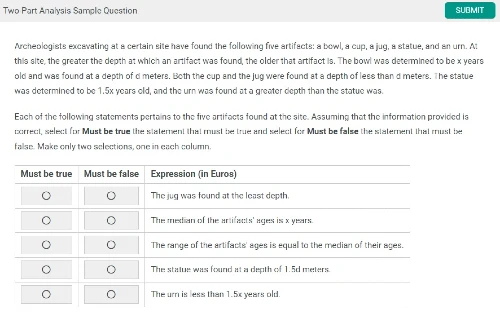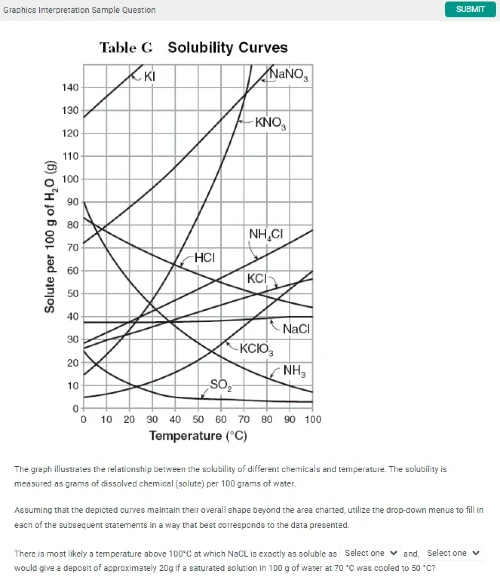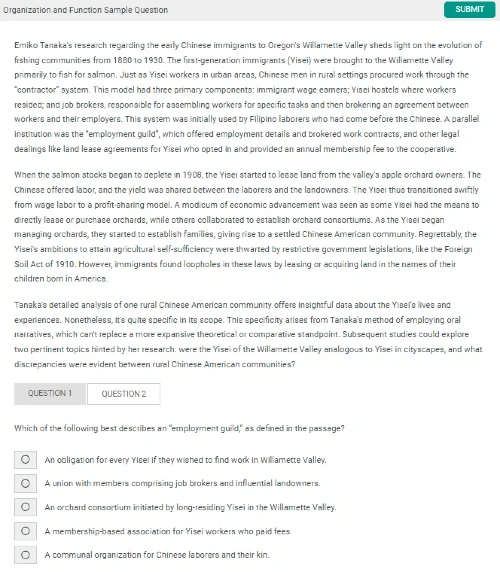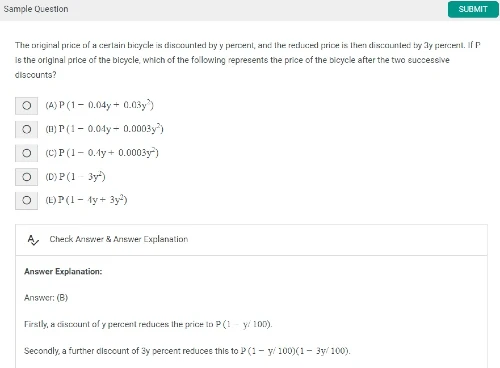The best online GMAT preparation course
Get started on your business school journey
Complete GMAT course
GMAT Tutor includes 1000+ GMAT practice questions, 10 GMAT practice tests, and interactive GMAT lessons.
Guaranteed score improvement
Set your goals and GMAT Tutor will help you determine what you should study in order to achieve your target GMAT scores.
Structured GMAT plan
A well-structured GMAT self-study plan will help you effectively navigate through the test content and keep you on track to boost your chances of success.
Learn more about GMAT
The Graduate Management Admission Test (GMAT) is a standardized test widely used as an admissions requirement for graduate business programs, particularly for MBA (Master of Business Administration) programs. It is administered by the Graduate Management Admission Council (GMAC).
The GMAT focus test will contain only three sections: Data Insights (DI), Quantitative Reasoning (Quant), and Verbal Reasoning (VR).






